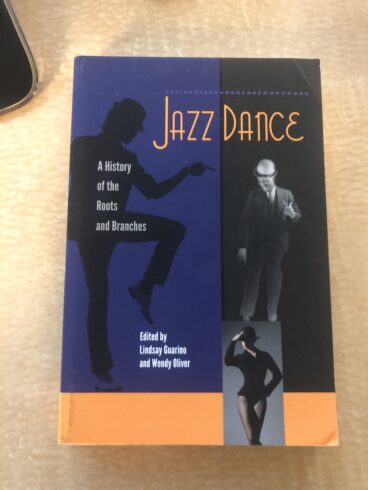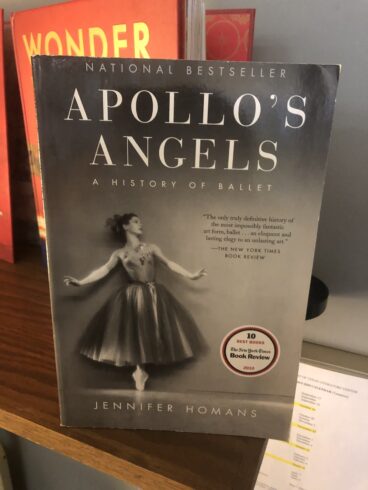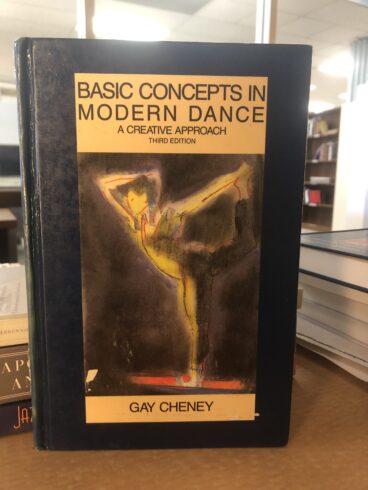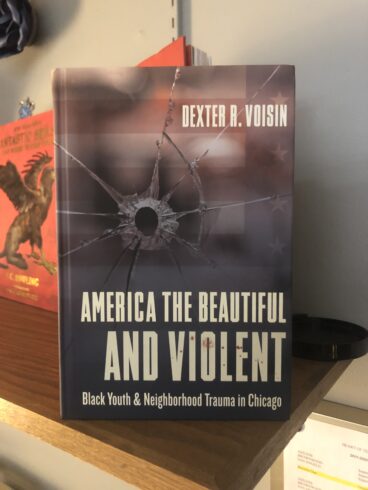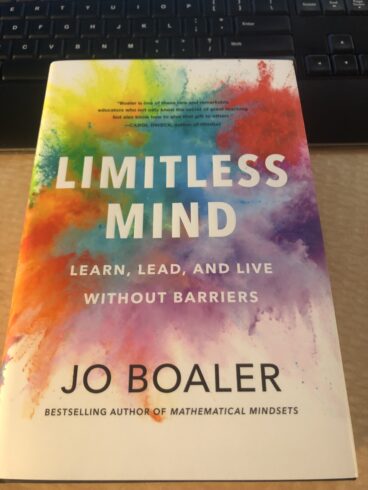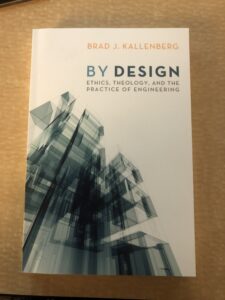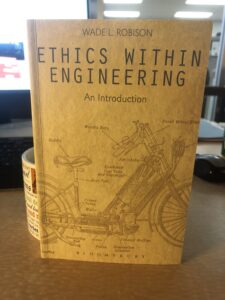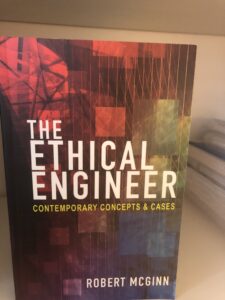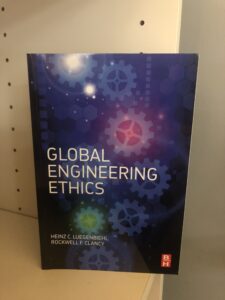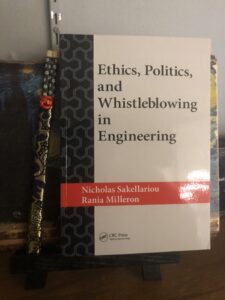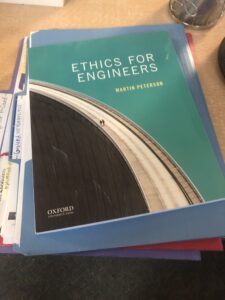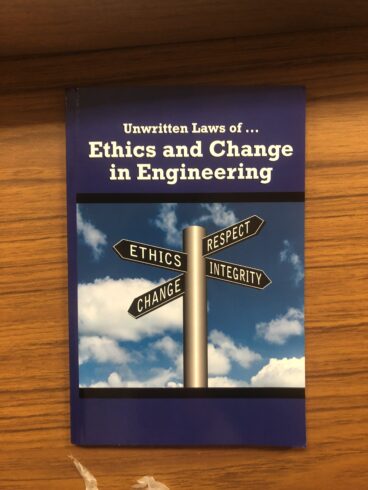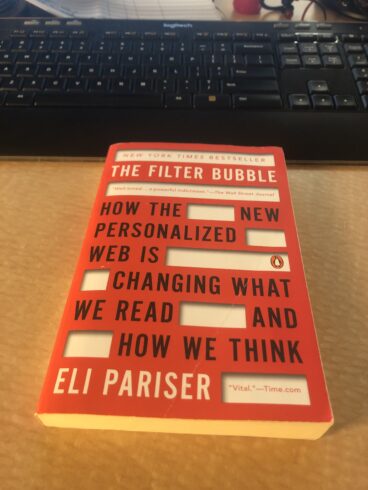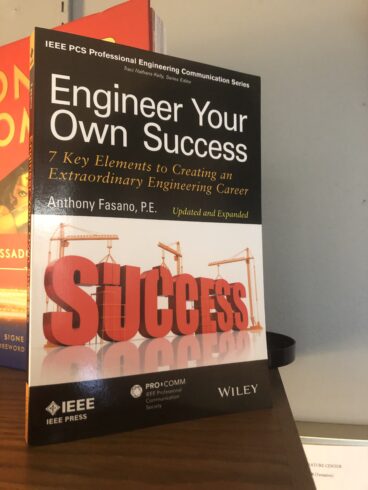
Engineers are recognized for their uncanny ability to create magnificent blueprints, technical machinery, elegant plans, or complex circuits in their efforts to bring brilliant and dynamic designs to the world. At the same time, those amazing process-oriented and specific-outcomes skills don’t always transfer to their own career-planning abilities. Engineer Your Own Success is a comprehensive, easy-to-read book that provides the missing links that engineers and other technical specialists need to implement daily, allowing them to be successful in their careers, their professional development, and their personal lives. In this valuable career-building “how to” guide, discover ways to:
-
-
- find the right mentor and get the most of the relationship
- obtain the credentials needed to easily reach your goals
- become an effective communicator
- network your way to impactful relationships
- get and stay organized in a way that will increase productivity
-
In addition, find out why goal-setting is important; discover simple strategies to pass critical examinations the first time around; learn how to become a terrific public speaker and team leader.

